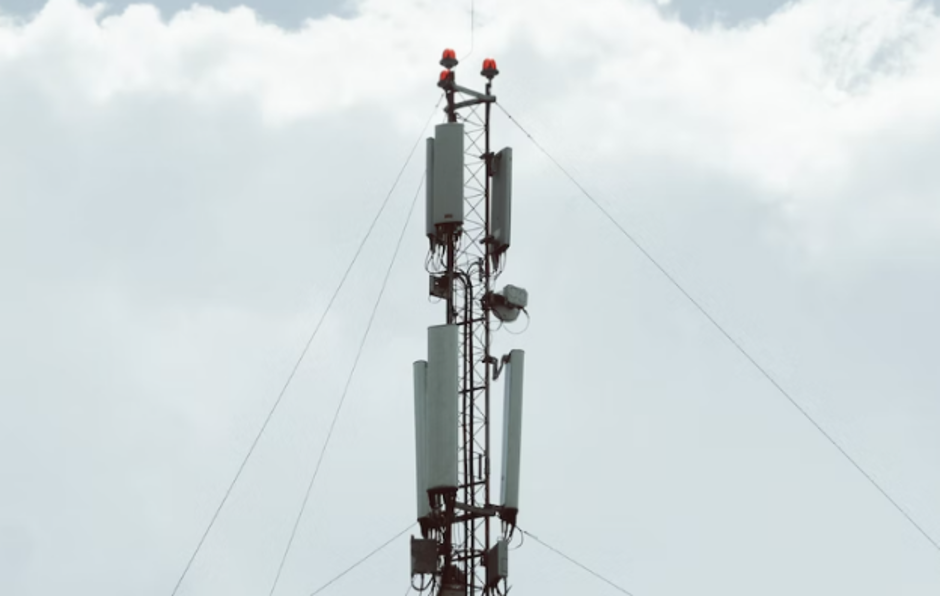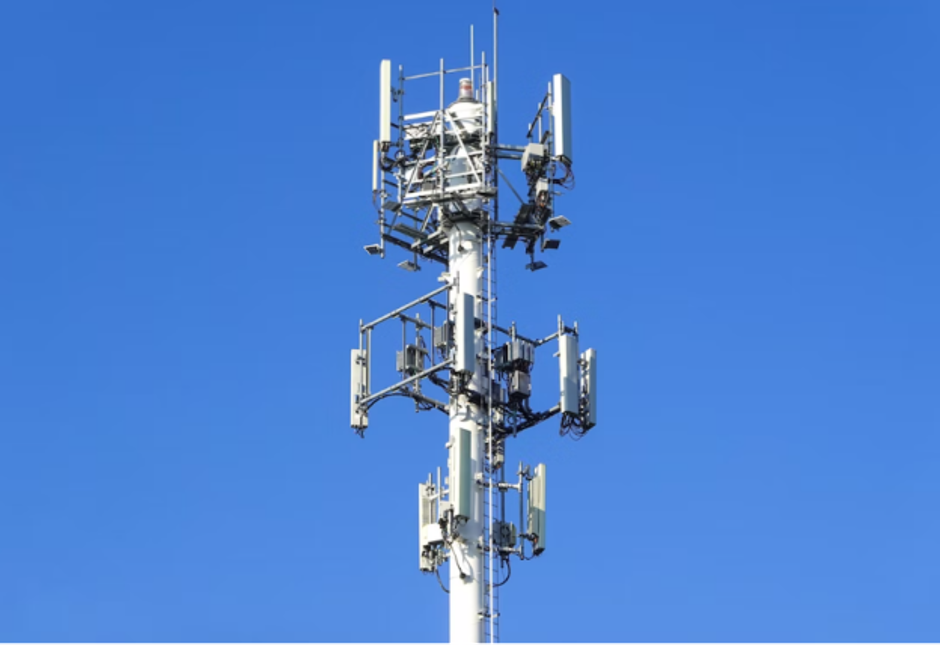
For mobile networks, the base transceiver station (BTS), also known as the BTS antenna, creates a radio link between the antennas and the wireless communications network. It does this by sending out radio waves from a BTS antenna, normally placed on top of high buildings or other structures, like a pole, to enable data transfer between the cell phone and cell towers. It functions similarly to a walkie-talkie in that information is sent and received.
Lower-than-anticipated demand was observed across all regions compared to pre-pandemic levels during the extraordinary and disastrous COVID-19 pandemic. The global BTS antenna market has also been impacted by the pandemic—considering the drop of 12.1% of revenue from 2019 to 2020. Amid the strike by the pandemic, is the BTS antenna market anticipated to resume its prior growth?
Table of Contents
Is the BTS Antenna Worth the Investment in the Future?
Here delves into the future trend of the global BTS antenna market, factors affecting its growth, and its benefits to figure out this question. So let’s get stuck in.
The Upward Trend of the Global BTS Antenna Market in the Future
Despite the hit by the pandemic, the global BTS antenna market still gets a chance to develop. In 2021, the global market was valued at 7.24 billion dollars, a remarkable increase from 2020. Still, 2022 is expected to witness the growth of the global BTS antenna market, with a projected value of 8.21 billion dollars. By 2029, the market is estimated to develop by leaps and bounds, with the anticipated value reaching 23.98 billion dollars.

Factors that Boost the Development of the BTS Antenna Market
The upward trend of the global BTS antenna market is primarily attributed to the impetus: the increasing demands for BTS antenna and the development of network services.
1. The Increasing Demands for BTS Antenna
Due to the widespread use of base stations (BST) in 4G/LTE and the increasing deployment of 5G infrastructure across nations to improve network service performance and user experience, the market is anticipated to experience considerable growth. Due to their practical and dependable wireless connectivity in densely populated network areas, antennas are in high demand across various sectors, including military & defense and smart cities.
2. The Development of Network Services
On top of that, the high speed, low latency, and maximum coverage networks provided by 5G infrastructures have led to a sharp increase in demand for 5G technology worldwide. China, the U.S., the U.K., and South Korea are vigorously implementing 5G technology to offer higher-quality communication services. One of the essential parts of 5G infrastructures, the antenna, facilitates the high network capacity and data speeds of the technology. Base station antenna demand is anticipated to increase due to the quick adoption of 5g technology.
Benefits of Using BTS Antenna
Radiofrequency communication is chosen over 3G and 4G because it is less expensive and more dependable than fiber optics. Keep in mind that BTS Antenna works on the principle of radiofrequency communication. In this situation, having a base transceiver station (BTS) that is more effective and can communicate across a broader region is crucial.
Due to its independence from outside operators, radio frequency communication is more dependable than 3G and 4G and less expensive than fiber optics, making it the most practical solution. By increasing channel capacity and spectrum efficiency, expanding range coverage, guiding multiple beams to track several mobiles, and electronically correcting for aperture distortion, the antenna can enhance the performance of communication systems. Utilizing intelligent antenna arrays is an alternative to mechanical methods for adjusting the beams’ directivity.

High-performance Antenna Platform Is the Future Trend
The increasing demand serves as an impetus for developing the communication antenna, while it also puts a strict requirement for antenna, especially when the current antenna platform is faced with some challenges, such as high loss, complex structure, etc. This requires a more high-performance antenna platform to cater to the future trend.
Most noteworthy is that the new Taurus antenna platform from Tongyu Communication can fit the future trend well. It has undergone a revolutionary improvement with 16 innovative advantages, ushering in the effective era of a high-performance antenna in the communication sector.
Here are some of its innovativeness that make it outperform the current antenna platform.
l 0.4dB lower loss of feed network
l 10 % higher radiation efficiency
l 10 % smaller in size
l 0.4~0.5dB higher gain
l 54% lower failure rate
l 10~24% wider overage
l Better PIM Stability
Conclusion
BTS antenna is a worthy investment in the future and is a boon to the communication industry. Tongyu Communication is dedicated to green practices for low-carbon smart manufacturing to prepare for a better future for everyone. Aiming to embrace a brighter future through customer empowerment for collaboration and mutual gain, they are dedicated to offering communication antennas, radio frequency device products, the high gain directional antenna, and integrated products and solutions for domestic and international mobile communication operators, as well as equipment integrators. Want to know more about what Tongyu Communication offers? Head over to their website and see how they are revolutionizing the technology.